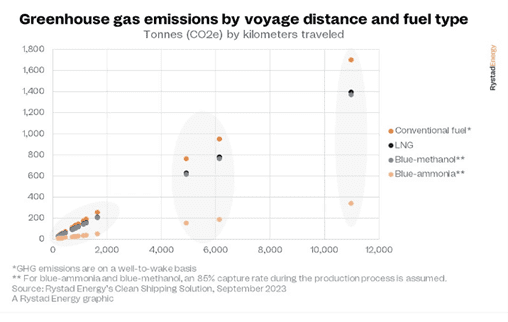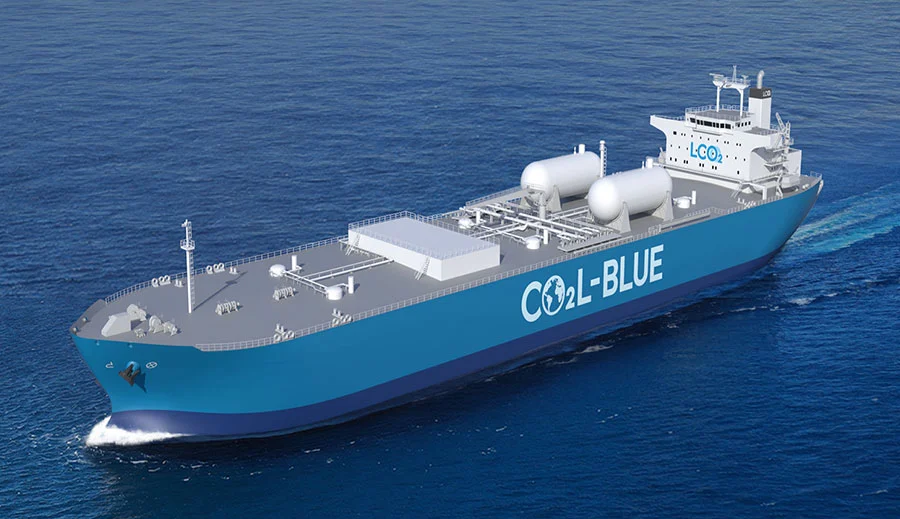The transportation of carbon dioxide (CO2) is taking to the seas as emitters look for flexible ways to move captured carbon to offshore storage projects, with a fleet of 55 carriers required by 2030, according to Rystad Energy research.
Rystad Energy predicts that, based on planned carbon capture projects, more than 90m tonnes per annum (tpa) of CO2 will be shipped by the end of the decade, volumes requiring 48 terminals to handle the import and export of the gas.
As the global carbon capture, utilization and storage (CCUS) market expands, a significant hurdle in the value chain is the lack of available transportation and storage networks for projects.
Onshore pipelines are the most common mode currently, with 330 expected to be operational by 2030. These pipelines are ideal for transporting large quantities of CO2 to onshore storage sites or coastal terminals, as Rystad Energy says.
Offshore pipelines are larger, transport captured carbon to underwater storage sites and are expected to play a vital role in the supply chain in the coming years.
CO2 shipping is the third piece of the puzzle and the most flexible solution for carrying carbon emissions over long distances at a relatively low cost.
The shipping industry relies on emissions-heavy conventional fuels like maritime diesel or low-sulfur fuel oil (LSFO), calling into question the environmental impact of the process.
The (GHG) emissions over shorter distances may be relatively low, but the impact multiplies quickly over longer journeys.
Based on Rystad Energy research of CO2 shipping routes that could come online in 2030, ships traveling long distances could emit as much as 5% of the total CO2 shipped.
In accordance with the research, switching to LNG as the shipping fuel could cut emissions by 18%, and blue-methanol would result in a 20% drop, while blue-ammonia would slash the emissions impact of the shipping process by up to 80%.
Lein Mann Bergsmark, vice president supply chain research, Rystad Energy said that “carbon dioxide shipping is a nascent market now, but it’s set to play a significant role in the global climate solution in the coming years. However, questions remain about the environmental impact of the process. In an ideal world, CO2 tankers would use renewable fuels with no associated emissions. However, these fuels are too expensive now to be economically viable.”
Rystad added that most of the proposed shipping routes, including those in Europe and around Australia, are no more than 2,500 kilometers (km), a relatively short journey. However, planned routes between Japan, Malaysia and Australia would involve sailing more than 5,000 km.
The longest journey announced to date would be between South Korea and Saudi Arabia, a one-way trip of at least 12,000 km.




